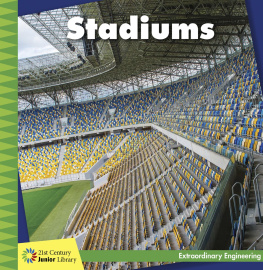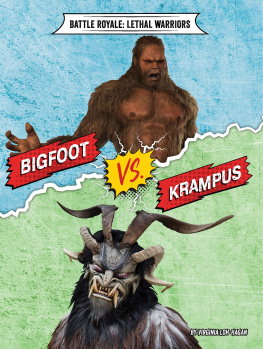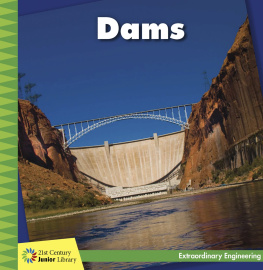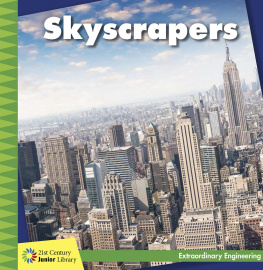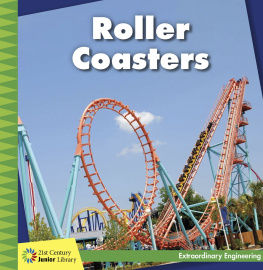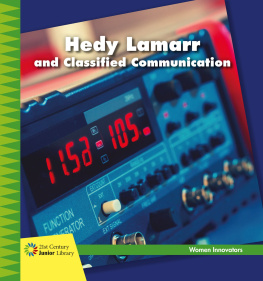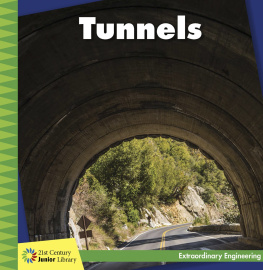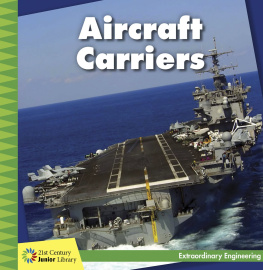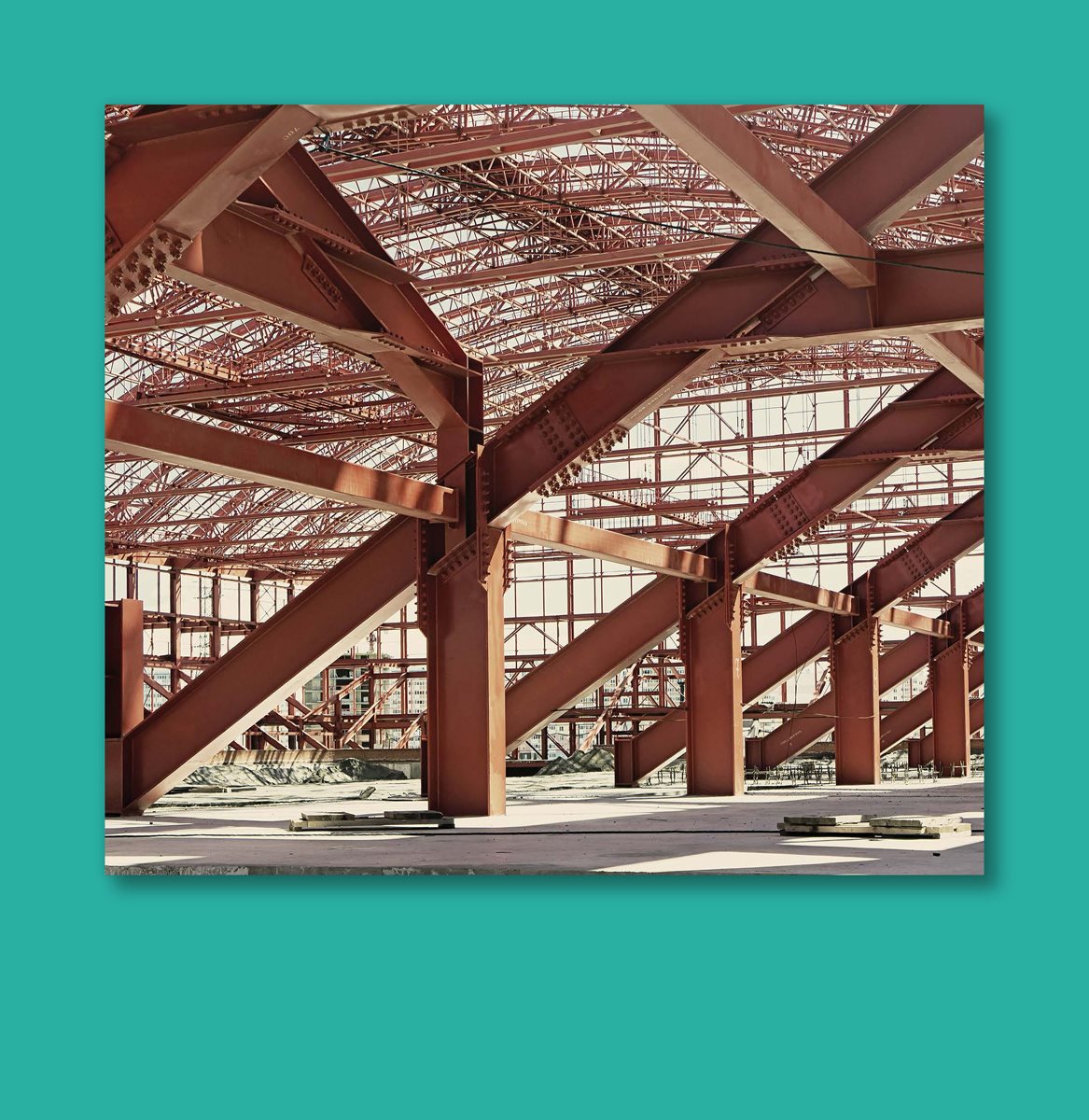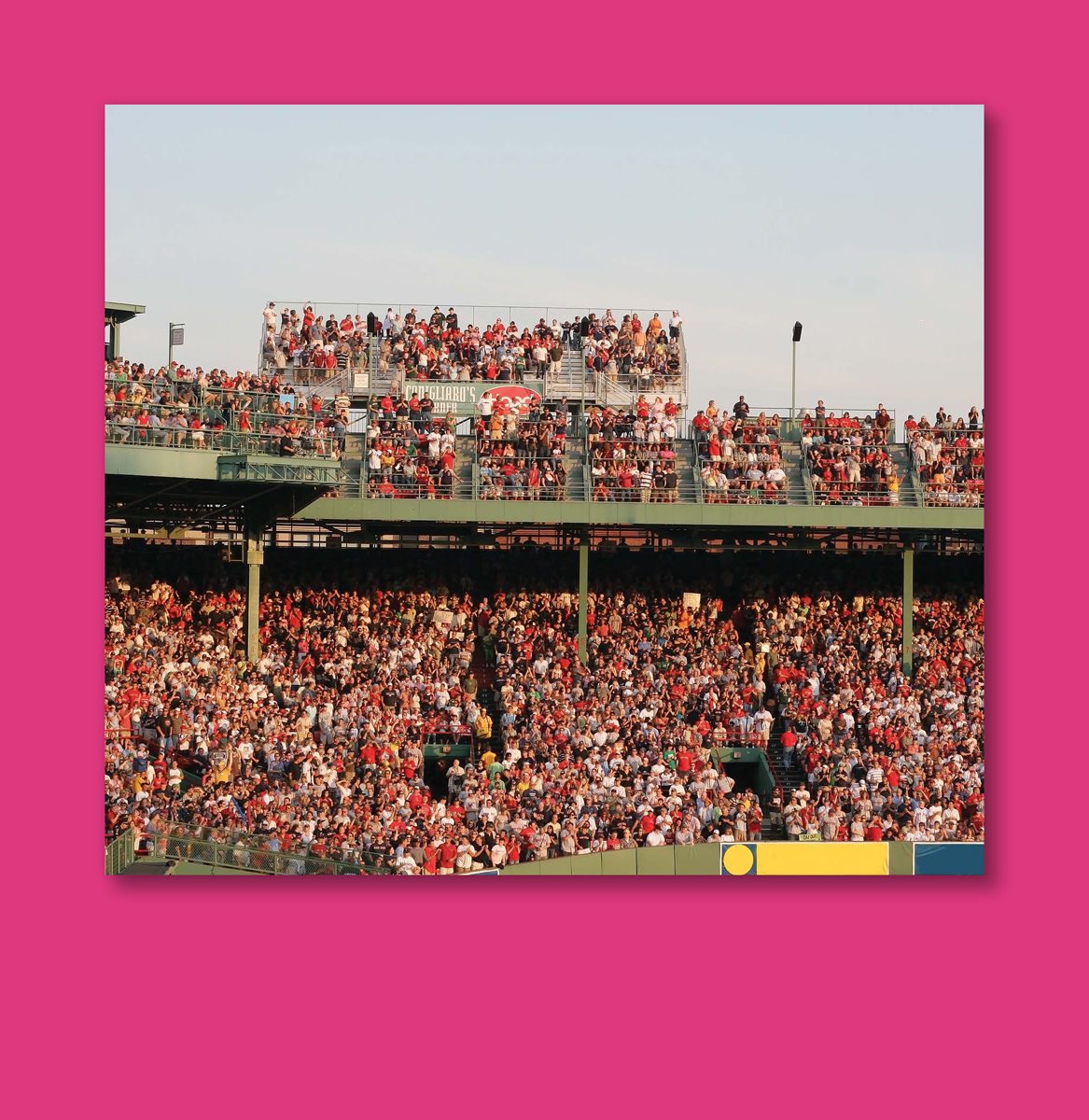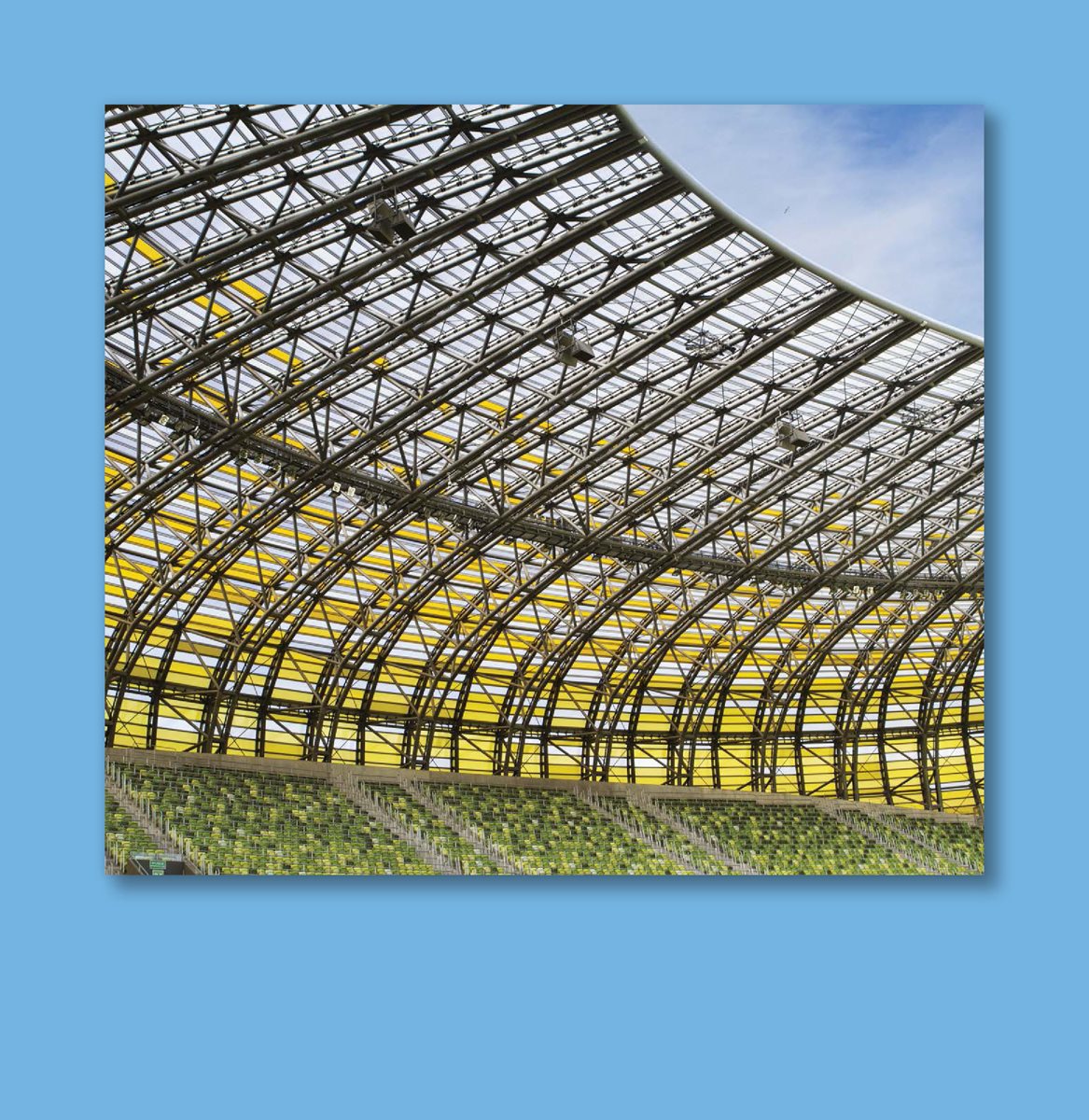Table of Contents
Guide


Published in the United States of America by
Cherry Lake Publishing
Ann Arbor, Michigan
www.cherrylakepublishing.com
Content Adviser: Dr. Todd Kelley, Associate Professor of Engineering/Technology Teacher Education, Purdue Polytechnic Institute,
West Lafayette, Indiana
Reading Adviser: Marla Conn MS, Ed., Literacy specialist, Read-Ability, Inc.
Photo Credits: badahos/Shutterstock Images, cover; Joyce Vincent/Shutterstock Images, 4; Stacia_S/Shutterstock
Images, 6; Worakit Sirijinda/Shutterstock Images, 8; Igor Iakovlev/Shutterstock Images, 10; Joy Brown/Shutterstock
Images, 12; Jurand/Shutterstock Images, 14; Susan Montgomery/Shutterstock Images, 16; Neil Wigmore/Shutterstock
Images, 18
Copyright 2017 by Cherry Lake Publishing
All rights reserved. No part of this book may be reproduced or utilized in any
form or by any means without written permission from the publisher.
Library of Congress Cataloging-in-Publication Data
Names: Loh-Hagan, Virginia, author.
Title: Stadiums / by Virginia Loh-Hagan.
Description: Ann Arbor : Cherry Lake Publishing, [2017] | Series: Extraordinary Engineering | Includes bibliographical references
and index. | Audience: Grades: K to Grade 3.
Identifiers: LCCN 2016032398| ISBN 9781634721660 (hardcover) | ISBN 9781634722322 (pdf) | ISBN 9781634722988
(paperback) | ISBN 9781634723640 (ebook)
Subjects: LCSH: StadiumsJuvenile literature. | StadiumsDesign and constructionJuvenile literature.
Classification: LCC GV415 .L64 2017 | DDC 796.06/8dc23
LC record available at https://lccn.loc.gov/2016032398
Cherry Lake Publishing would like to acknowledge the work of The Partnership for 21st Century Learning.
Please visit www.p21.org for more information.
Printed in the United States of America
Corporate Graphics
ISBN-13: 978-1-68444-490-8 (e-book)
Synchred Read-Along Version by:
Triangle Interactive LLC
PO Box 573
Prior Lake, MN 55372
CONTENTS
9 How Do Stadiums Resist
Forces?
13 How Do Stadiums Help
Spectators See?
17 How Do Stadiums
Handle Sound?
The Rogers Centre is a stadium in Toronto, Canada, that has hosted
baseball, basketball, soccer, and football games.
What Are Stadiums?
Stadiums host big events. Some have
stages. Most have fields. Stadiums seat
many spectators . Spectators are watchers.
They watch sports games. They watch
music shows. Most stadiums are open air .
Some are covered. Some stadiums host
baseball games. Theyre called ballparks .
Stadiums are not arenas . Arenas host
smaller indoor events, like basketball and
hockey games.
The Colosseum is in Rome. Its a famous ancient stadium.
Stadiums have fields in the middle.
Seats surround the field. There are
three basic stadium designs. Oval-shaped
stadiums have seats all the way around.
Theyre large. Horseshoe stadiums are
open at one end. They are U-shaped. Open
stadiums are open at both ends.
Look!
Look at pictures of a stadium. Or go visit your local stadium.
What type is it? How many seats does it have? What is it used for?
Stadiums must have strong foundations .
How Do Stadiums
Resist Forces?
Stadiums are anchored in the ground.
Solid rock holds them in place. Load travels
down to the ground. This spreads out
weight. Stadiums have steel
superstructures . They have thin steel rods.
Rods are wrapped in concrete . Theyre like
steel tubes. This makes stadiums strong.
Rods hold the concrete together.
Braces are added to superstructures.
Stadiums resist forces . Forces include
wind and earthquakes. Engineers use
braces to design stadiums. Braces bend.
They dont snap easily. They take in
forces. They spread out forces.
Football stadiums are designed to run
north to south. This way, sunlight wont
bother players. Baseball stadiums let wind
whip through them. Wind travels up over the
top. It speeds down to the field. Then, it
goes over the other side. Wind can affect
how balls fly.
Top seats are called nosebleed seats.
How Do Stadiums
Help Spectators See?
Large stadiums can seat over 100,000
people. They have fold-down seats. This
saves space. This lets people sit or stand.
Seats are set in rows. Rows are at different
levels. Seats start at field level. They rise
to the top. Top rows are higher in the sky.
This tiered seating lets people have clear
views. People can see from all angles.
These special beams are called cantilevers.
Older stadiums used poles. These poles
provided support. But they blocked peoples
views. Engineers solved this problem. They

